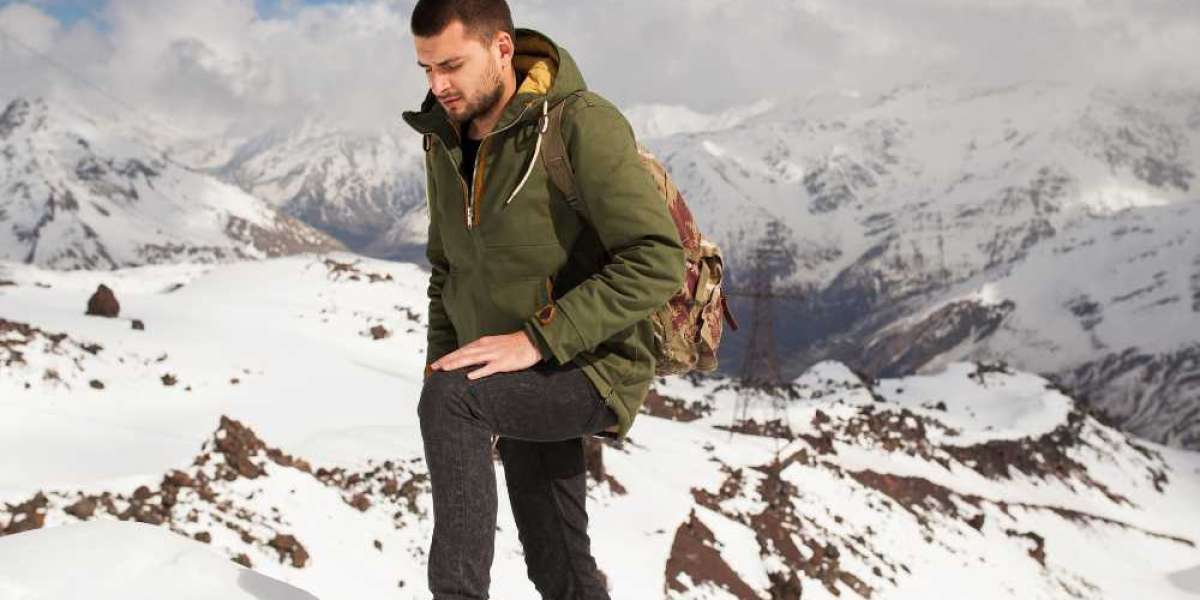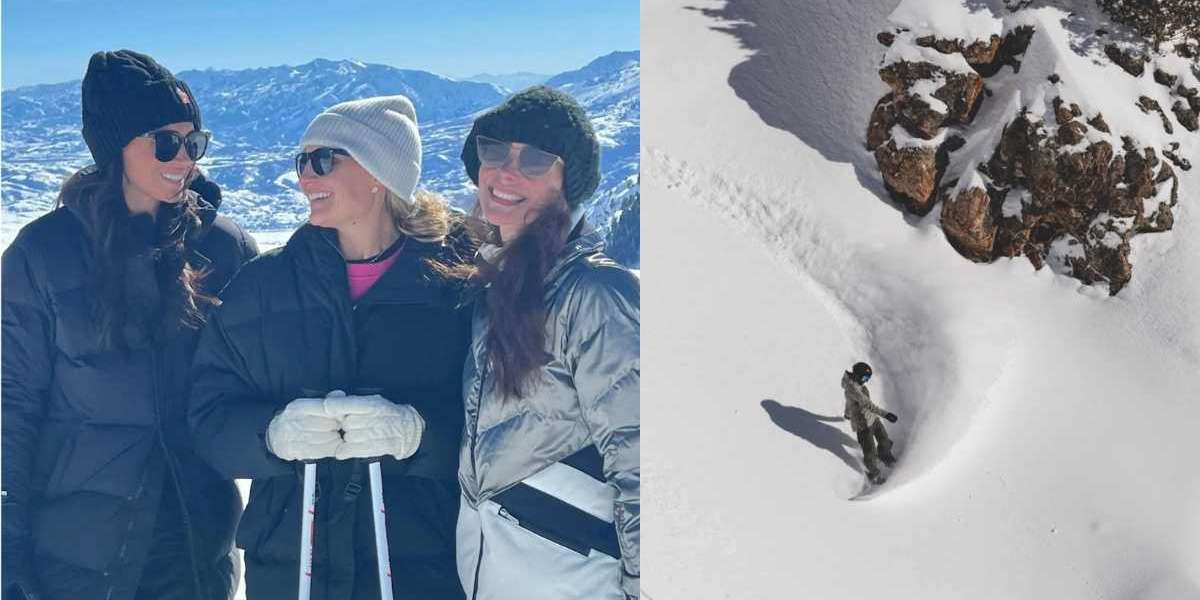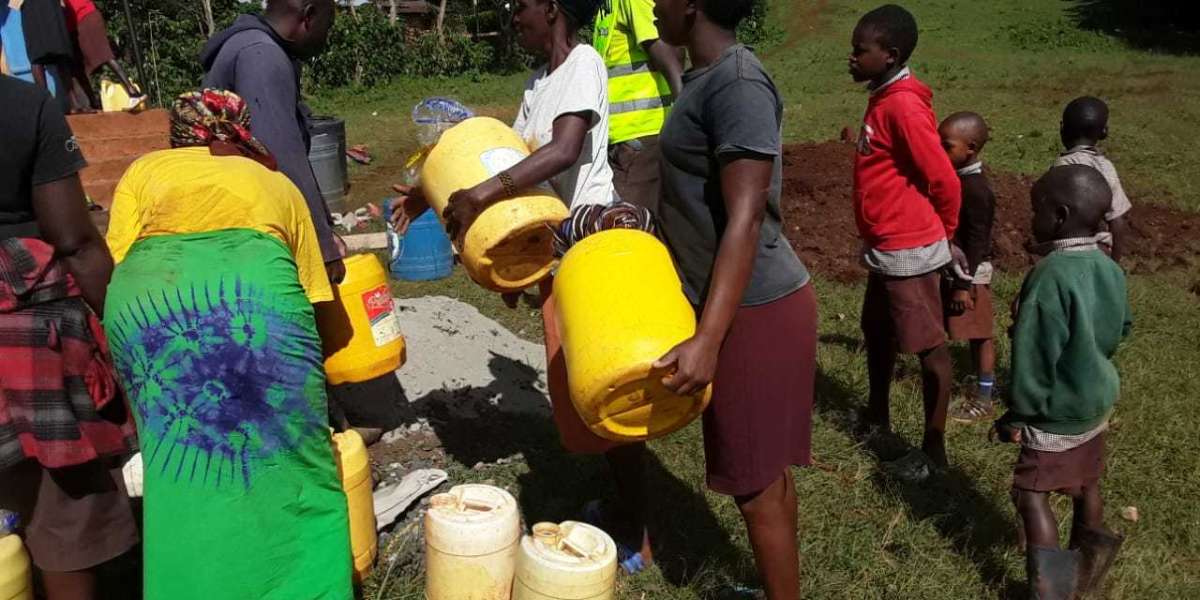Nestled in the Parvati Valley of Himachal Pradesh, the Sar Pass Trek is one of the most enchanting and scenic trekking experiences in India. Known for its diverse landscape, stunning snowfields, and alpine forests, this trek offers an unforgettable journey to both beginners and seasoned trekkers. But if you’re planning to head out on this magical adventure, timing is everything. In this guide, we’ll explore when the Sar Pass Trek opens and closes, the best time to visit, seasonal highlights, weather conditions, and tips for planning your trek effectively.
What is the Sar Pass Trek?
The Sar Pass Trek is located near Kasol, a picturesque hamlet in Himachal Pradesh. The trek takes you through dense pine forests, colorful meadows, charming villages, and finally to the snow-covered Sar Pass, which lies at an altitude of approximately 13,800 feet (4,200 meters). This 5 to 6-day trek is known for its breathtaking views of the Himalayan peaks, making it one of the most sought-after treks in Northern India.
Opening and Closing Season: The Basics
The Sar Pass Trek is seasonal, mainly due to the extreme winter weather and snow accumulation in the higher altitudes. Here’s a quick overview:
- Opening Season: Mid-April to Early May
- Closing Season: Mid-October to Early November
During these months, the weather is relatively stable, and the trail is accessible for trekkers without significant snow-blockages or weather-related hazards.
Best Time to Visit Sar Pass Trek
Although the trek is open from April to November, the ideal window for trekking varies based on what kind of experience you're looking for.
May to June (Spring to Early Summer)
This is considered the best time to visit Sar Pass. The trail is covered with a beautiful blend of fresh greenery and lingering snow. You’ll see blooming rhododendrons, lush pine forests, and still have the thrill of walking over snow patches at higher altitudes.
- Weather: 8°C to 15°C during the day, 0°C to 5°C at night
- Trail Conditions: Partially snow-covered with good visibility
- Crowd: Popular time, expect fellow trekkers
July to August (Monsoon)
This period is generally not recommended for trekking in Sar Pass. Heavy rains and landslides make the trail slippery and risky, especially in lower forested areas.
- Temperature: 10°C to 18°C
- Trail Conditions: Muddy, leech-infested, and prone to landslides
- Crowd: Very low due to safety concerns
September to Mid-October (Autumn)
If you're looking for clear skies, crisp air, and colorful foliage, this is the next best time after spring. The post-monsoon season leaves behind fresh and vibrant landscapes.
- Temperature: 5°C to 14°C
- Trail Conditions: Clear and dry, minimal snow
- Crowd: Moderate
Mid-October to November (Pre-Winter)
While the trek is still officially open during this time, temperatures start to drop drastically, and snow may begin to accumulate again, especially at higher altitudes.
- Temperature: -2°C to 10°C
- Trail Conditions: Cold, with icy patches and early snowfall
- Crowd: Sparse
Why Does the Trek Close in Winter?
Winter trekking in Sar Pass is not recommended due to multiple safety concerns:
- Heavy snowfall blocks the trail and makes navigation extremely difficult.
- Avalanche risks increase significantly at higher elevations.
- The freezing temperatures make it tough to camp or trek safely without professional gear and training.
- Rescue operations are limited due to terrain inaccessibility.
Therefore, Sar Pass Trek usually closes around mid to late November and reopens only after the snow begins to melt by April.
Weather Conditions Month by Month
To help you plan better, here’s a quick breakdown of the month-by-month weather you can expect during the trek season:
Month | Avg. Temp (Day) | Avg. Temp (Night) | Conditions |
April | 8-12°C | -1 to 4°C | Snow begins to melt, trail opens |
May | 10-15°C | 2-6°C | Snowy slopes, moderate conditions |
June | 12-18°C | 5-8°C | Warm days, melting snow, lush greenery |
July | 14-20°C | 8-12°C | Monsoon starts, slippery trails |
August | 13-19°C | 7-10°C | Heavy rainfall, avoid trekking |
September | 12-17°C | 5-9°C | Fresh air, colorful foliage |
October | 8-14°C | 0-4°C | Cold winds, clear views |
November | 4-10°C | -2 to 2°C | Snowfall begins, trail closes soon |
Trail Highlights Across the Seasons
Each season brings a unique charm to the Sar Pass trekking experience. Here’s what makes each part of the year special:
Spring (April - June)
- Snow-covered meadows in higher altitudes
- Blooming flowers in the forests
- Great for photography and snow-walks
Monsoon (July - August)
- Lush, overgrown trails
- Risky but greenest views
- Not advisable due to safety
Autumn (September - October)
- Clear blue skies
- Golden forest hues
- Cool and dry conditions perfect for trekking
Permits and Trekking Regulations
To trek Sar Pass, you need proper permissions from local forest authorities and sometimes from Himachal Tourism. Many opt for organized treks by agencies like YHAI, IndiaHikes, or other local tour operators that handle all necessary permits, food, and camping arrangements.
Important points:
- Carry valid ID proofs
- Check for weather and trail status updates
- Consider getting a medical check-up before the trek
Essential Gear to Pack Based on Season
Since the trek spans multiple altitudes and weather changes, packing accordingly is crucial.
Spring Autumn Packing Essentials
- Thermal wear
- Waterproof hiking boots
- Windproof jacket
- Woolen cap and gloves
- Sunglasses sunscreen
Rainy Season (Avoided)
- Rain poncho
- Waterproof backpack cover
- Anti-leech socks
- Trekking poles
Early Winter (October-November)
- Heavy fleece jackets
- Snow gaiters
- Insulated gloves
- Extra socks and innerwear
Safety Tips for Trekking in Sar Pass
Your safety is paramount, especially on a moderately challenging trail like Sar Pass. Here are some tips to ensure a smooth and safe experience:
- Acclimatize well at Kasol before the trek
- Stay hydrated and eat nutritious meals
- Trek in a group or with a guide
- Be prepared for altitude sickness
- Carry a first aid kit and personal medicines
- Check weather updates regularly
How to Reach the Starting Point of Sar Pass Trek
The trek usually starts from Kasol, a quaint village in the Parvati Valley.
How to Reach Kasol:
- By Air: Nearest airport is Bhuntar (31 km from Kasol)
- By Road: Regular buses run from Delhi/Chandigarh to Bhuntar or Manali
- By Rail: Nearest railway station is Joginder Nagar or Chandigarh
From Kasol, you’ll pass through Grahān Village, Min Thach, Nagaru, and then to the Sar Pass before descending towards Biskeri Thach and Barshaini.
Conclusion: Plan Your Sar Pass Trek at the Right Time
To truly enjoy the mesmerizing beauty of the Sar Pass Trek, planning your journey around the best seasonal window is essential. The trek opens around mid-April and remains accessible till early November, with May to June and September to October being the most ideal periods for adventure seekers.
Avoid monsoons and harsh winter months to stay safe and make the most out of your Himalayan escape. Whether it’s the thrill of snow, the call of the forest, or the peaceful sunrise views from 13,800 feet – Sar Pass is best explored when nature is at its balanced best.
Now that you know when Sar Pass Trek opens and closes, it’s time to pack your bags and let the mountains call!








